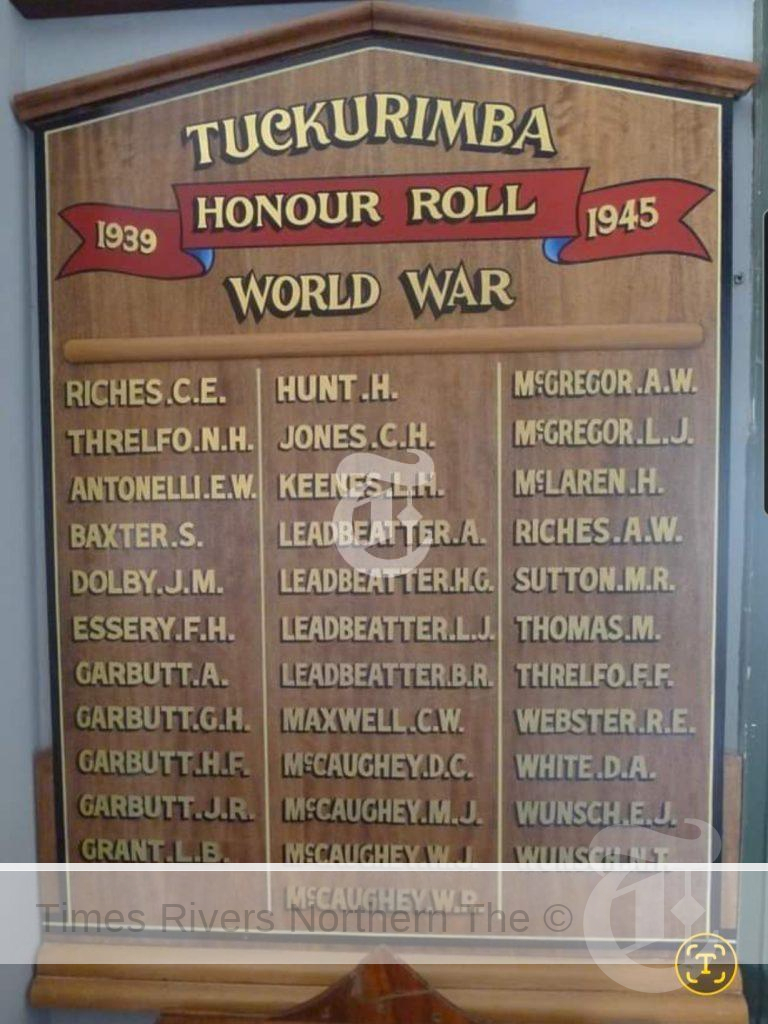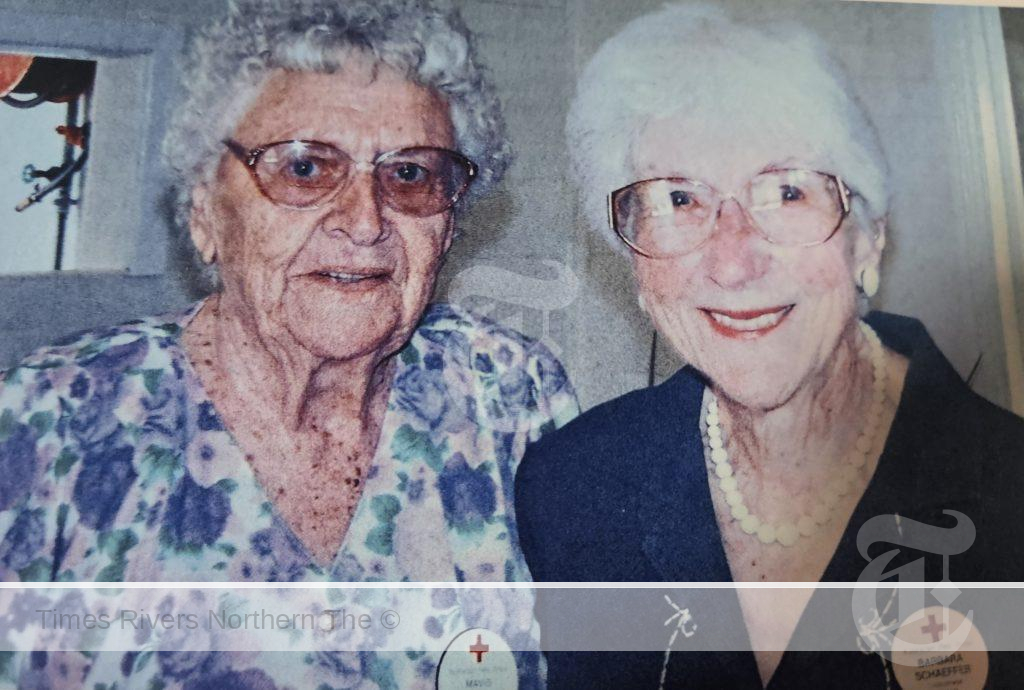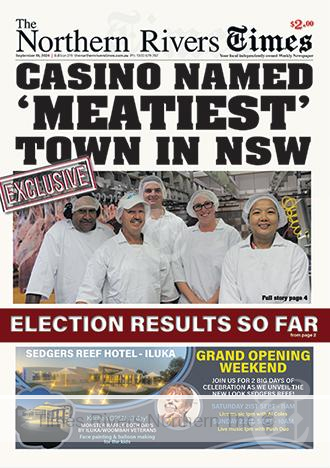How to Arrange Plants in Your Home for Maximum Impact
In recent years, the trend of incorporating plants into interior design has surged in popularity, transforming ordinary homes into vibrant, living spaces. From minimalistic succulents to towering indoor trees, plants can add character, warmth, and a breath of fresh air to any room. But while bringing plants into the home is relatively simple, arranging them in a way that enhances the aesthetic appeal of your space requires thoughtful planning.
Understand Your Space
Before you buy any plants, take a good look around your home. Consider the dimensions of each room, the amount of natural light they receive, and the design style you want to achieve. Some plants thrive in bright, direct sunlight, while others prefer the diffused light of a north-facing window. Knowing your home’s lighting conditions will ensure your plants not only survive but flourish.
For instance, if you have a room with large windows that get plenty of sunlight, cacti and succulents are ideal choices. These drought-resistant plants love bright light and don’t require frequent watering, making them easy to care for. On the other hand, low-light areas, like hallways or bathrooms, might benefit from low-maintenance plants like the snake plant or ZZ plant, which can thrive in indirect light.
Choose Plants of Different Heights and Shapes
When arranging plants, diversity in height, shape, and texture is key to creating a visually appealing layout. Mix tall plants with shorter ones to add depth and dimension to your space. For example, a large fiddle leaf fig in a corner paired with a smaller peace lily on a nearby table creates contrast and balance. The varying heights draw the eye upward, adding layers of interest to the room.
To achieve this, you can invest in plant stands or shelves to elevate smaller plants to different heights, giving the illusion of a lush, multi-dimensional display. Grouping plants of varying shapes, such as broad-leaved plants like monstera with spikier varieties like dracaena, also adds texture and variety to your display.
Create Focal Points
Just as you would arrange artwork or furniture to create focal points in a room, plants can also serve as natural focal points. For instance, a statement plant, such as the bird of paradise or rubber tree, placed in a prominent location like the living room can become a striking feature.
Placing larger plants in corners or near windows creates a dramatic visual effect and draws attention to areas of the room that might otherwise be overlooked. By carefully positioning your plants, you can guide the viewer’s gaze through the room, creating a sense of flow.
Consider the Rule of Three
One tried-and-true design principle is the rule of three, which states that objects arranged in odd numbers are more appealing to the eye. The same concept applies to arranging plants. Grouping plants in threes—whether on a windowsill, shelf, or table—creates a balanced and aesthetically pleasing arrangement.
When using this method, try to combine plants of varying sizes, textures, and colours for maximum impact. For example, pair a trailing plant like pothos with a bushy fern and a compact succulent. This approach creates a dynamic display where each plant complements the other.
Embrace Vertical Space
If you live in a smaller space or want to maximise your plant collection without cluttering your floors, embracing vertical space is the way to go. Hanging planters, wall-mounted pots, and vertical plant shelves allow you to incorporate more greenery without sacrificing valuable floor space.
Consider installing a plant wall or hanging several plants at different heights to create a cascading effect. Plants like philodendrons or string of pearls are perfect for hanging baskets due to their natural trailing tendencies. This not only adds greenery but also creates a sense of depth and height in a room, making your space feel larger.
Mix Pot Styles and Textures
Your choice of pots plays an essential role in how your plants contribute to your interior design. Just as you mix and match plants of different sizes and shapes, mixing pot styles and textures adds another layer of interest to your display. Terracotta pots have a warm, rustic feel, while ceramic pots can add a sleek, modern touch.
You might opt for a uniform colour palette to create a more cohesive look, or you could mix things up with a variety of materials and finishes to create an eclectic, curated feel. Woven baskets, metallic planters, and minimalist concrete pots can all work together to bring character and variety to your space.
Be Mindful of Plant Care
Lastly, while aesthetics are important, it’s crucial to consider the practicalities of plant care. Ensure your plants are placed in areas where they will thrive based on their light and water needs. Regularly rotate your plants to ensure they receive even sunlight, and make sure they’re not placed too close to heat sources like radiators or air conditioners, which can dry them out.
Additionally, consider grouping plants with similar watering and light requirements together. This makes it easier to care for your plants and ensures you won’t accidentally overwater or neglect any of them.
Conclusion
Arranging plants in your home can transform your space into a serene, visually appealing oasis. By understanding your environment, mixing plant sizes, and using design principles like the rule of three and vertical space, you can create a dynamic, lively atmosphere that brings the beauty of nature indoors. Whether you’re aiming for a minimalist look or a lush jungle vibe, the key is to experiment and find an arrangement that suits your style while keeping your plants healthy and happy.
So, gather your greenery, get creative, and let your plants breathe new life into your home.
For more gardening news, click here.





 Tweed Shire News2 years ago
Tweed Shire News2 years ago
 Motoring News2 years ago
Motoring News2 years ago
 COVID-19 Northern Rivers News3 years ago
COVID-19 Northern Rivers News3 years ago
 COVID-19 Northern Rivers News3 years ago
COVID-19 Northern Rivers News3 years ago
 Northern Rivers Local News3 years ago
Northern Rivers Local News3 years ago
 Health News3 years ago
Health News3 years ago
 COVID-19 Northern Rivers News3 years ago
COVID-19 Northern Rivers News3 years ago
 NSW Breaking News3 years ago
NSW Breaking News3 years ago






























